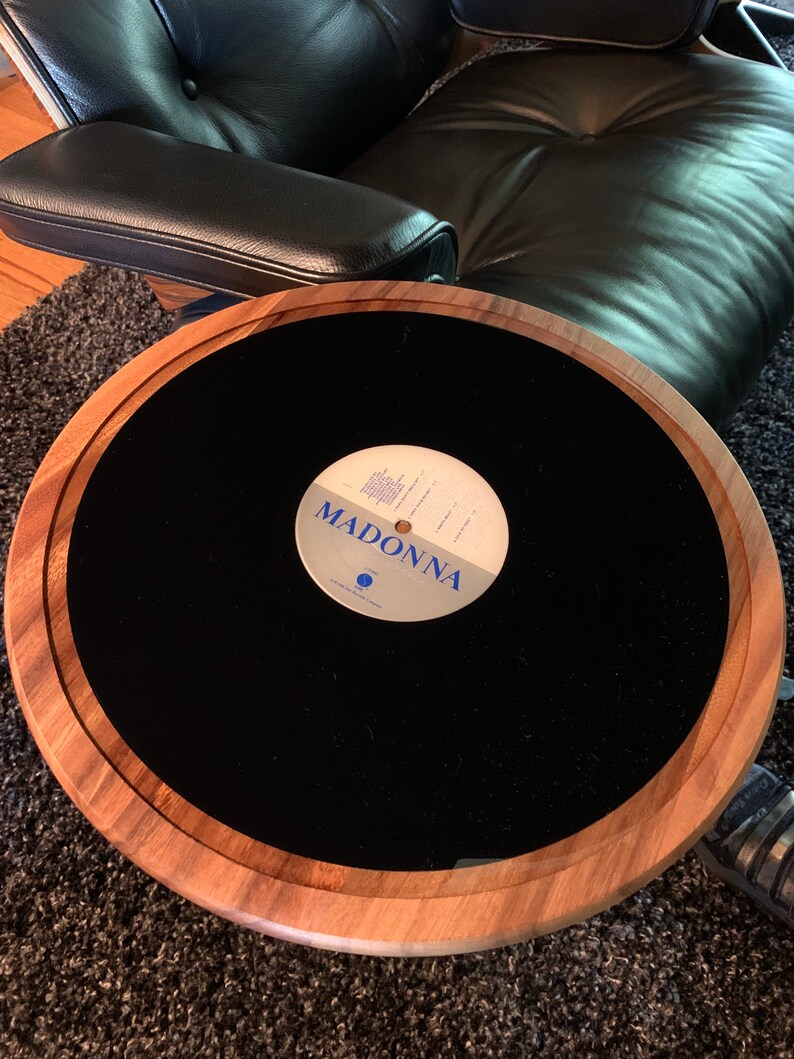
- #Records for mac tables how to#
- #Records for mac tables mac os#
- #Records for mac tables Pc#
- #Records for mac tables download#
- #Records for mac tables windows#
#Records for mac tables how to#
Use RECORD_DELIMITER to change the default delimiter, by default it used ‘,’ character, but you can change to use any character, for example, let’s see how to use pipe delimiterįile_format = (type=CSV COMPRESSION = NONE RECORD_DELIMITER='|') Use NONE, if you want the file to unload in plain raw CSV file without default compression. Use COMPRESSION to change the default compression, By default, it unloads a file into GZIP format, however, you can change it to use the following compressions AUTO | GZIP | BZ2 | BROTLI | ZSTD | DEFLATE | RAW_DEFLATE | NONEįile_format = (type=CSV COMPRESSION = BZ2) Use HEADER optional parameter to specify whether to include the table column headings in the output files, by default it is set to TRUE, you can change it to FALSE if you do not want column names of a header on the output file. This downloads a file data_0_0_0.csv.gz to /tmp directory. By default, all unloaded data files are compressed using gzip, unless compression is explicitly disabled or one of the other supported compression methods is explicitly specified.įile1.csv_0_0_0.csv.gz(0.00MB): 100.00% Done (0.204s, 0.00MB/s).
#Records for mac tables download#
Use GET snowSQL command to download the unloaded file from the internal stage to the local file system. |-+-+-|Īs you see above, I’ve 5 records in the EMP table and all records have been unloaded.

| rows_unloaded | input_bytes | output_bytes | From that point on, Disk Utility will ask for your partition map preference, and the formatting process will be smoother.+-+-+-+ To address this issue, you should click on the View button located in the top-left side of the Disk Utility dialog box and select “Show All Volumes”.

This will prohibit Disk Utility from erasing the disk and show you an error message. If you don't see the partition map scheme option, it is likely because Disk Utility doesn't list all volumes. For drives used with Intel-based Macs only, the GUID Partition Map should the option to go for.
#Records for mac tables windows#
If you are looking to format a disk that will be shared with Windows users, the MBR scheme and MS-DOS (FAT) are the best choices.
#Records for mac tables mac os#
If you want maximum reach, Mac OS Extended (Journaled) is the right choice.īelow the file system format, the Disk Utility dialog box will list another contextual menu, the partition map scheme, which gives you another great tool to create targeted volumes. APFS ( macOS High Sierra’s new file system)īe aware that APFS is compatible only with macOS High Sierra and higher, so earlier versions of OS X or macOS won't mount an APFS volume.Mac OS Extended (Case-sensitive, Journaled, Encrypted).Mac OS Extended (Case-sensitive, Journaled).When formatting or erasing a volume with Disk Utility, you'll see a format menu prompt asking you to choose from: Now you know which partitioning map is which, the next time you insert an external drive or want to partition the built-in storage disk of the Mac, it will be easier to choose between the available options. It is currently used for Windows partitions formatted as MS-DOS (FAT) or ExFAT.
#Records for mac tables Pc#
Introduced by IBM in 1983 to support the 10MB hard disk, the Master Boot Record is a type of boot sector developed for use with IBM PC systems. While Intel-based Macs generally boot from a GUID Partition Table, they are all able to start the operating system from APM and Master Boot Record (MBR) using the BIOS-Emulation called EFI-CSM. Starting with OS X Tiger, both APM and GUID partitions can be used for accessing volumes, but PowerPC-based Macs can only boot from APM disks. Used on disks formatted for use with 68k and PowerPC Macs, the Apple Partition Map is the scheme that defines how the data is organized. Non-Intel Macs won't support this bootable standard, hence the only option available to them is the Apple Partition Map (APM). As part of the Unified Extensible Firmware Interface (UEFI) standard, GUID is a bootable standard for systems with EFI firmware such as macOS. This is a standard for the layout of the partition table on a storage disk using globally unique identifiers (GUIDs). On every drive there are multiple partitions, and for this you will need a partition table or partition map – maintained by the operating system – to detail the status of the partitions.

The fixed-sized subset of a disk drive treated as an individual unit by the operating system (in our case macOS) is defined as a partition. In this article we will explain what a partition scheme is and which one to pick when formatting a drive. When you attach a storage disk to a Mac with the purpose of erasing or repartitioning it, you'll be presented with the option of selecting one of the three available partition maps: GUID Partition Map, Master Boot Record, and Apple Partition Map.


 0 kommentar(er)
0 kommentar(er)
